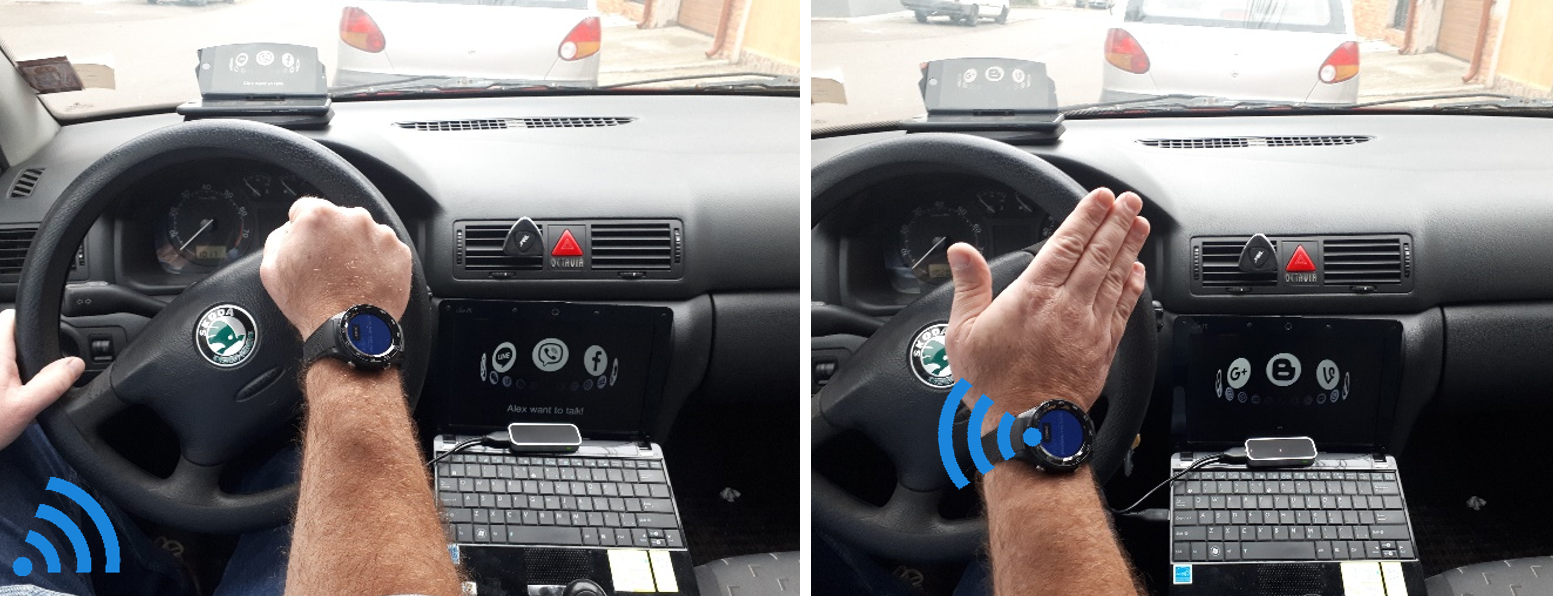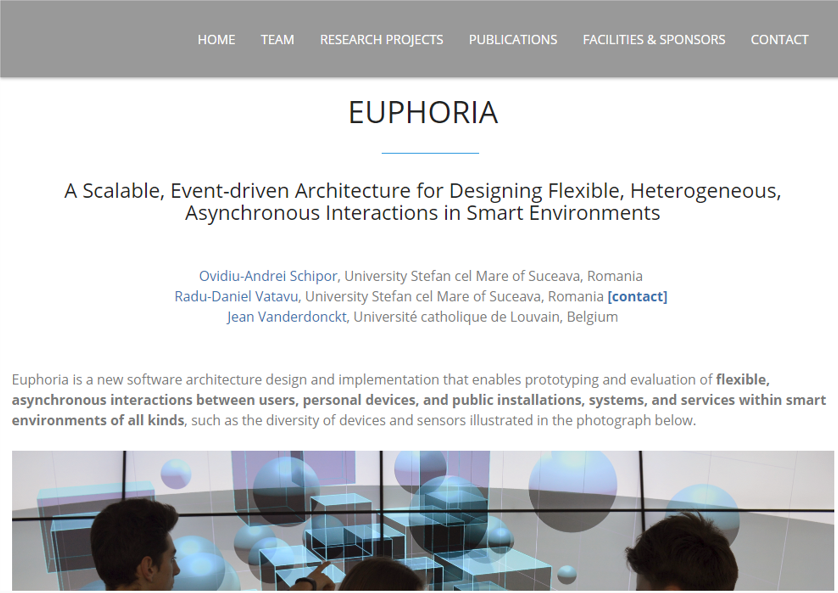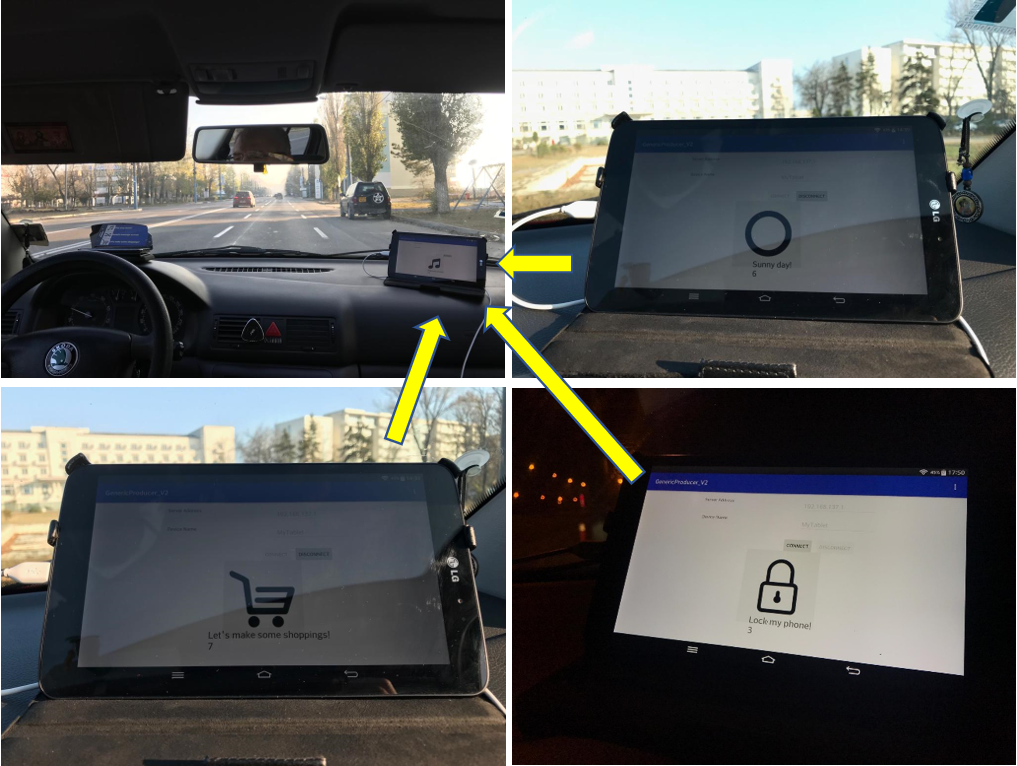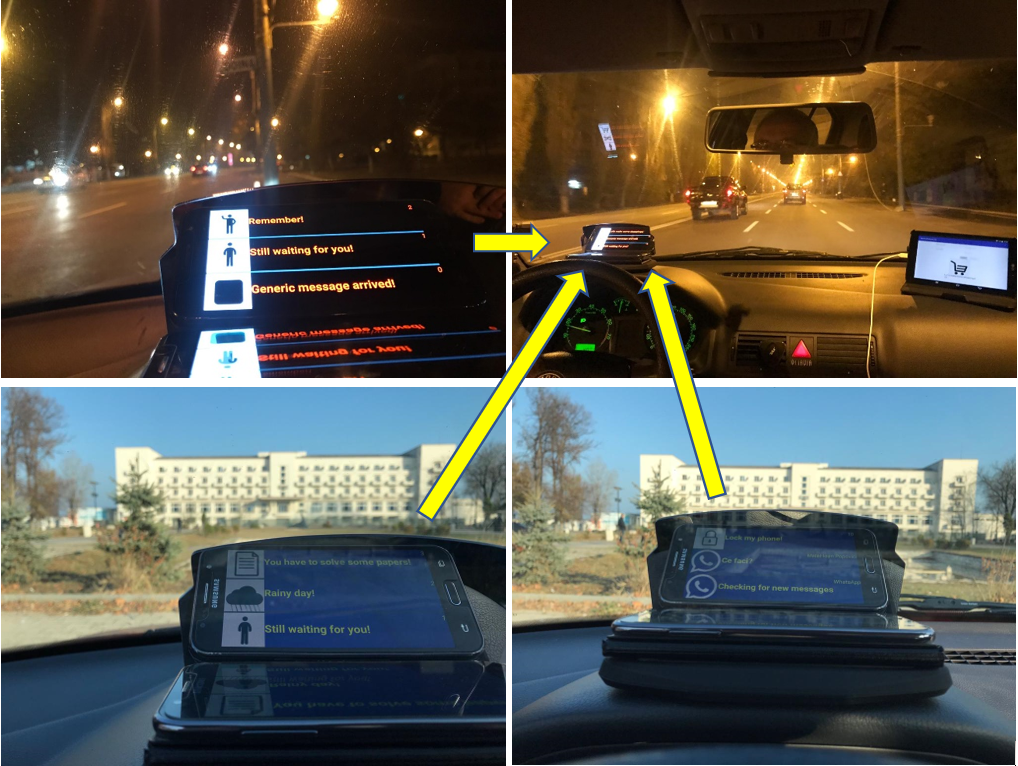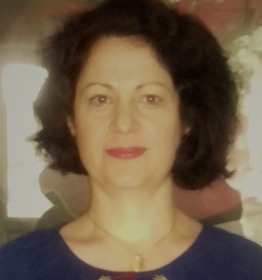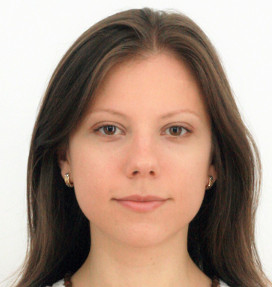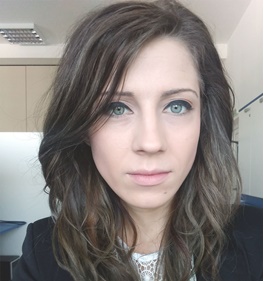Realitate Augmentata
Proiectarea si dezvoltarea unei infrastructuri software de realitate augmentata pentru interiorul autovehiculelor (IV-AR)
Tehnici de Transfer a Datelor Digitale (I)
Proiectarea si implementarea de tehnici de transfer a datelor digitale dintre dispozitivele personale smart ale utilizatorului si sistemele In-Vehicle Inf. Systems (IVIS)
Tehnici de Transfer a Datelor Digitale (II)
Proiectarea si implementarea de tehnici de transfer a datelor digitale dintre IVIS si utilizatorul care paraseste autovehiculul

